Research projects
-
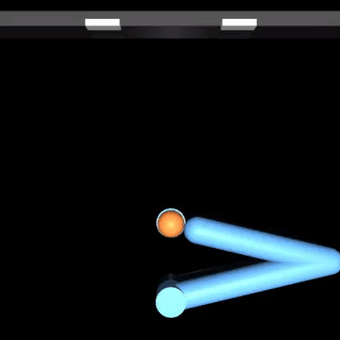
Primate-like perceptual decision making through deep recurrent reinforcement learning
Society for Neuroscience talk (2022)
We show that human-like movements and decision-making abilities emerge in deep neural networks trained using reinforcement learning. But only with the right ingredients—some theory from neuroscience and evolutionary biology.
-
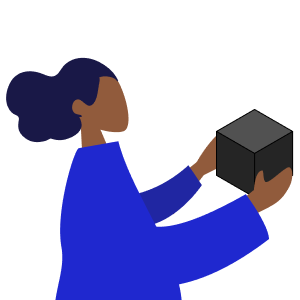
Hold it! Where do we put the body?
Behavioral and Brain Sciences (2023)
We argue that for a full understanding of the psychology of ownership, we need to consider humans as embodied agents.
-
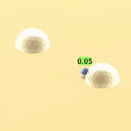
Adaptive patch foraging in deep reinforcement learning agents
Transactions on Machine Learning Research (2023)
During my time at Google DeepMind, we trained deep neural networks to forage. These artificial agents learned to forage adaptively like many animals. They also learned neural patterns that looked like those recorded from foraging primates.
-

Meta-reinforcement learning
A short, conceptual replication of Prefrontal cortex as a meta-reinforcement learning system in the Jax ecosystem.
-
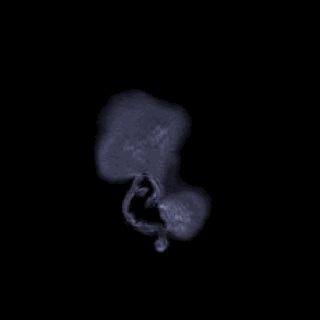
Delayed reaching retinotopy
We simultaneously used motion tracking, eye tracking, and high-density EEG to see how the brain reactivates neural patterns to make actions.
-
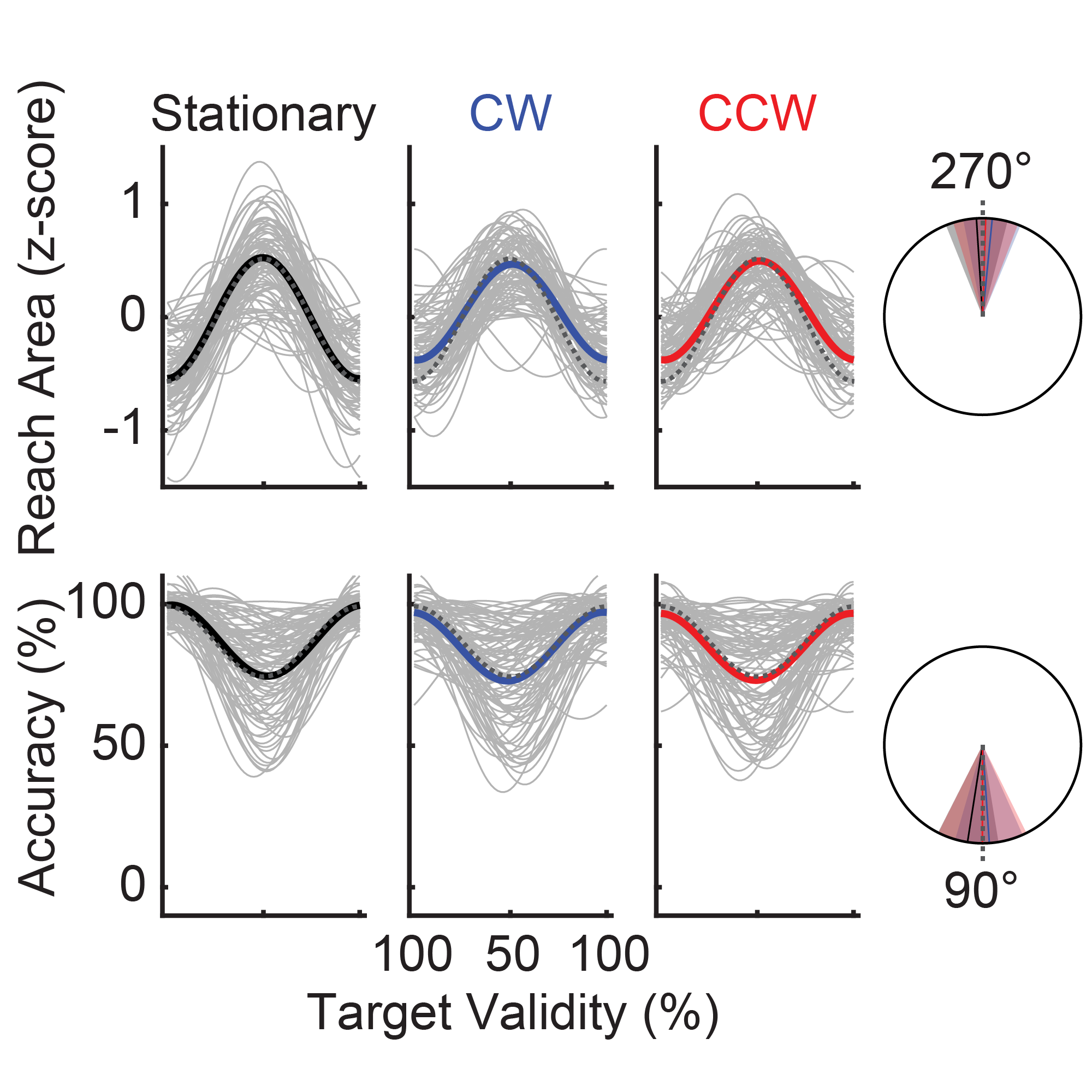
-
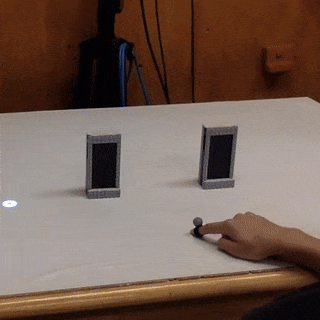
-
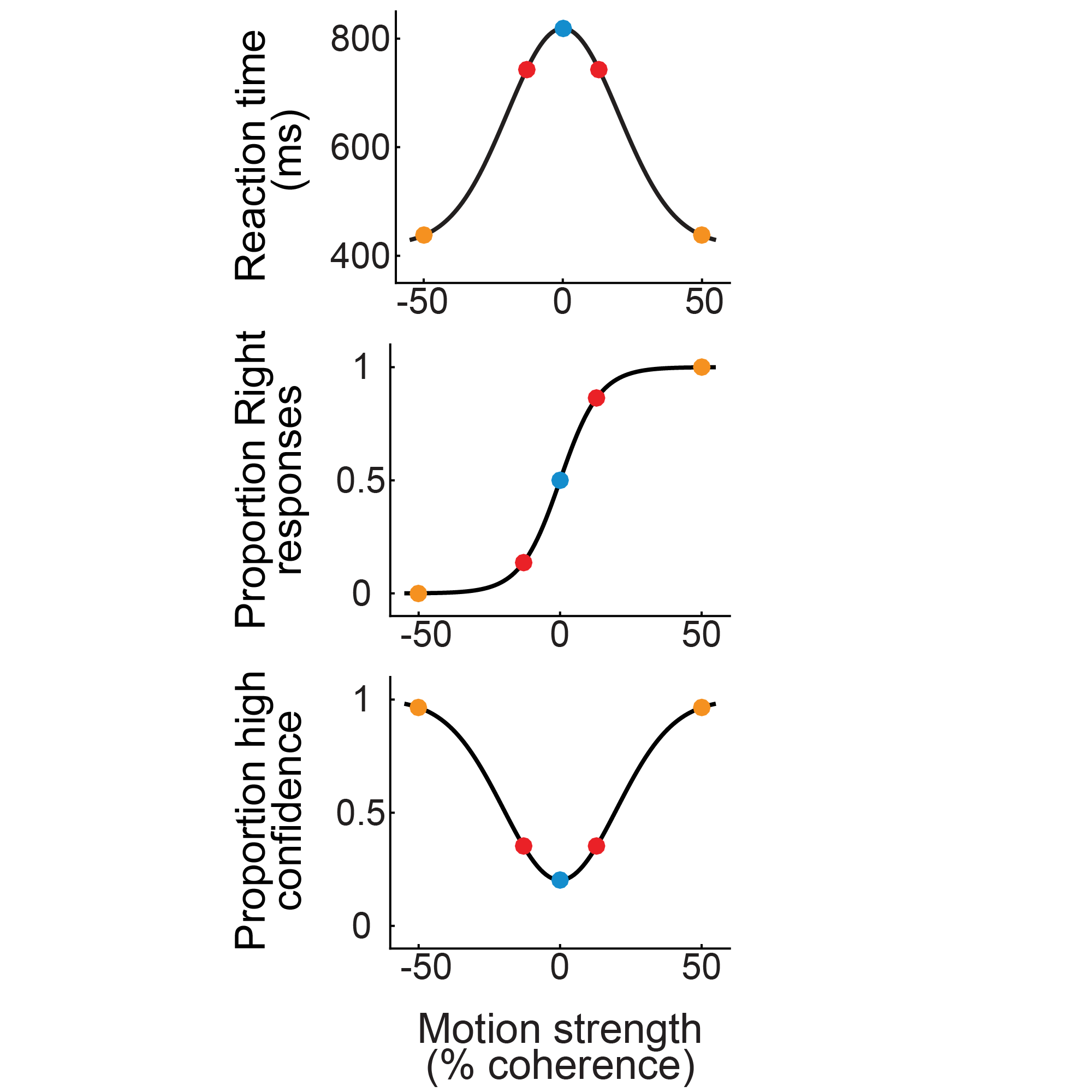
Models, movements, and minds: Bridging the gap between decision making and action
Annals of the New York Academy of Sciences [The Year in Cognitive Neuroscience series] (2018)
In this review, we argue that decision making and motor control are much more intimately linked in the brain than many researchers think.
-
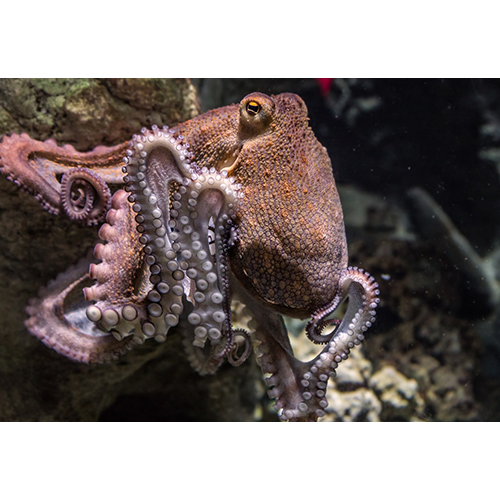
Examining the “species” of situated cognition in humans
Comparative Cognition & Behavior Reviews (2018)
In this review, we discuss distributed, extended, and embodied cognition in humans.
-
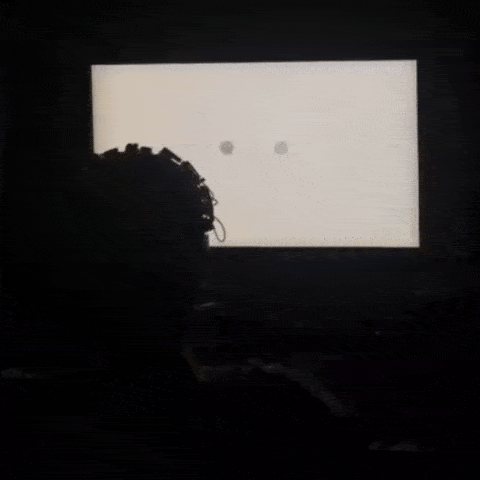
Entrainment of theta, not alpha, oscillations is predictive of the brightness enhancement of a flickering stimulus
Scientific Reports (2018)
In 1864, Brücke found that lights flickering at specific frequencies seemed brighter than others. In 2018, we showed that this strange effect is related to neural oscillations associated with information transfer.
-
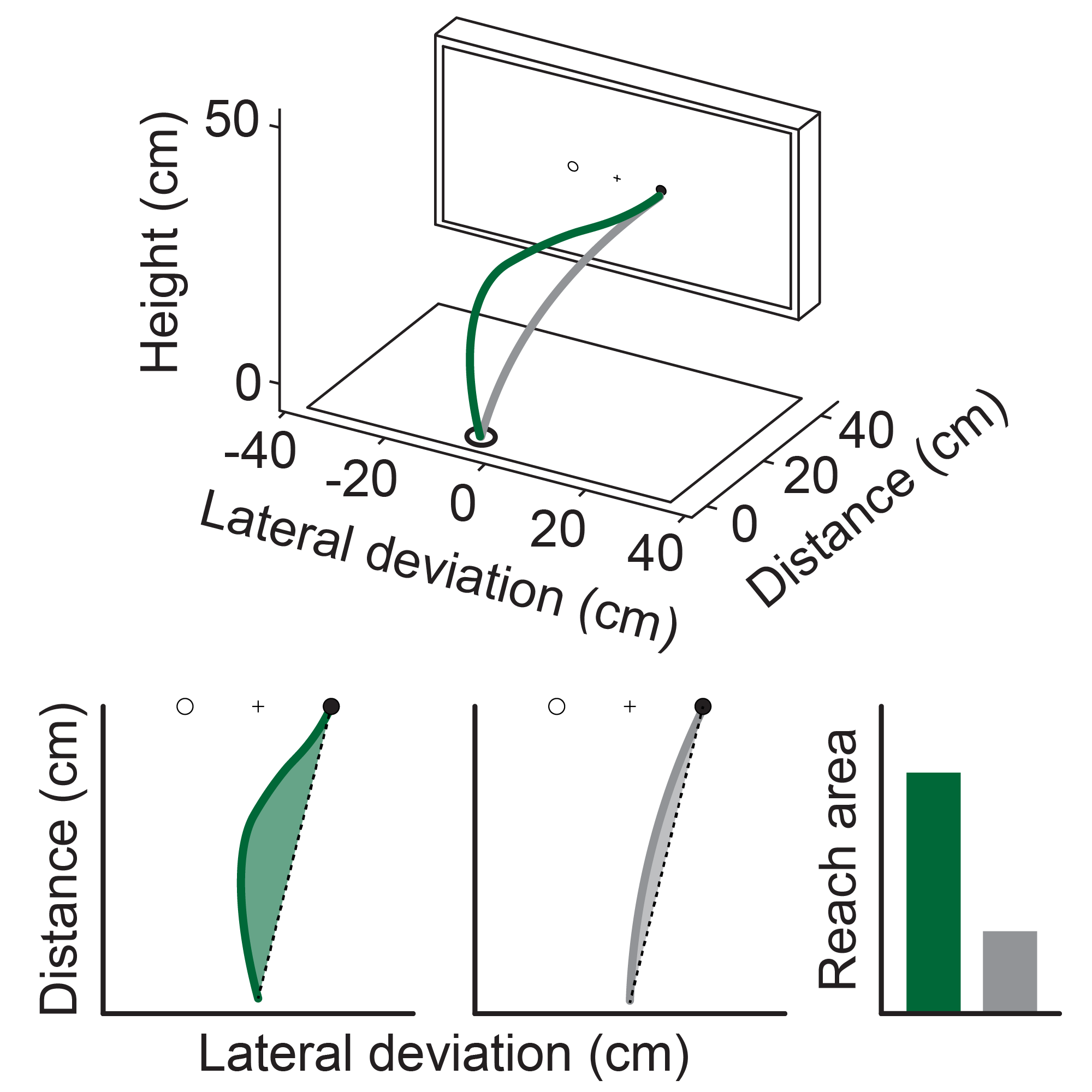
Reaching reveals that best-versus-rest processing contributes to biased decision making
Acta Psychologica (2017)
We show that humans are biased toward the "best" option much more than classic economic theory predicts.
-

Seeing wealth as a responsibility improves attitudes towards taxation
Journal of Economic Behavior & Organization (2016)
Studies show that people disproportionaly dislike taxation. In the lab, we let undergraduates earn money before taxing this income. Using some psychological priming, we found a way for taxation to feel less painful.
-

The snooze of lose: Rapid reaching reveals that losses are processed more slowly than gains
Journal of Experimental Psychology: General (2015)
Using motion tracking when people make decisions under extreme time pressure, we show that humans process rewards faster than losses.
